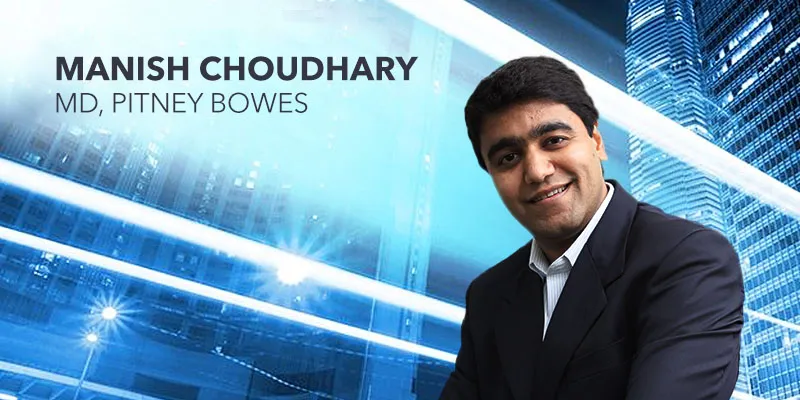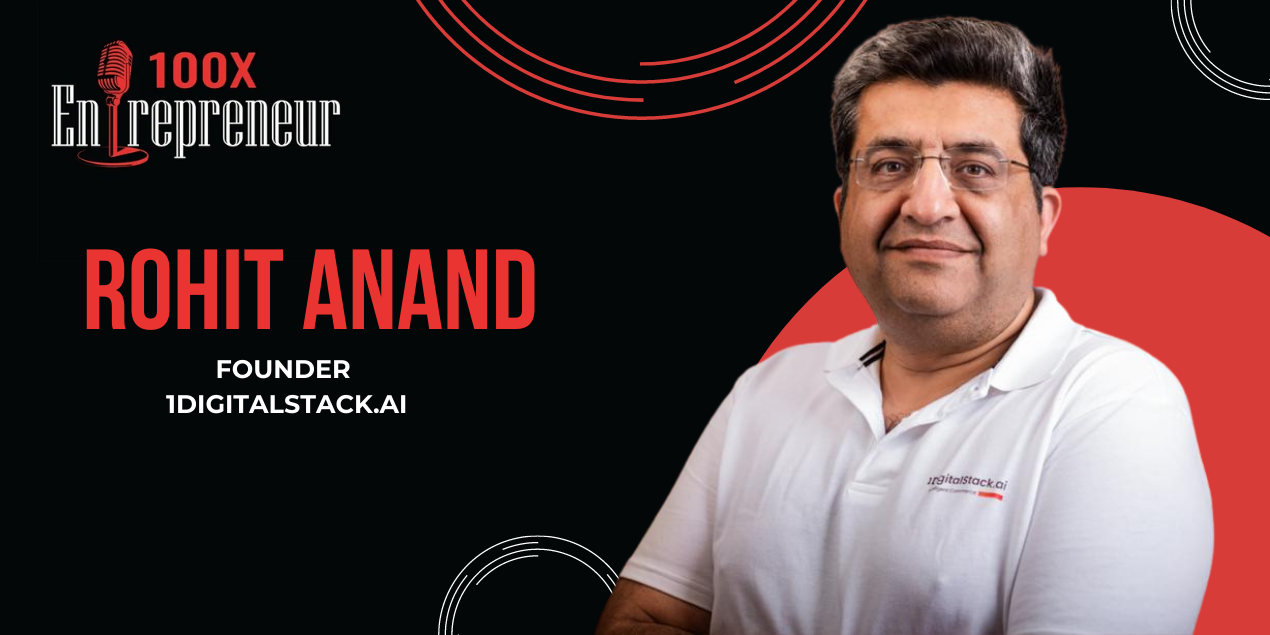‘Innovation is the bedrock of growth’: Manish Choudhary, MD, Pitney Bowes India
“There are a lot of ways a company can innovate. We have been around for more than 90 years and that is because we have innovated many times in order to stay relevant to the market. There is no other way to sustain and grow,” says Manish Choudhary, Managing Director, Pitney Bowes Software (India) and Vice President, Product Development, for Pitney Bowes World Wide Engineering.

Pitney Bowes was started in 1920 with the idea to commercialize stamps and the digital stamp franking was invented. From introducing the world’s first postage meter to now in the times of Facebook, eBay and Twitter - Pitney Bowes has come a long way by virtue of continuous innovation in changing times.
Early this year, Pitney Bowes had launched an accelerator program in India to look for entrepreneurs, primarily in the following areas:
- Location Based Platform (services, advertising, and analytics)
- Spatial Enabled Platforms (analytics, enterprise apps, GIS enabled systems, Indoor navigation & other spatial analysis use cases)
- Big Data & Mobile Analytics
- Data Integration & Master Data Management
- e-Commerce Management (logistics & shipping management, targeting & retargeting systems, customer data integration, analytics)
We caught up with Manish Choudhary to understand more about the accelerator program.
Edited excerpts of our conversation:
Why is Pitney Bowes starting an Accelerator now?
The premise of this is the classic innovator’s dilemma. For every large company, there are the existing products/services that generate large revenues. There is always the pressure of sustaining those revenue streams and markets. In order to move ahead and jump the curve, every company needs to do disruptive innovation in the areas where the future is moving. And to do so, you have to manage your resources well. You have to take high-value resources from your existing products. This puts forth the question how does one keep what they have in order to manage your existing competition, and at the same time, build capabilities to beat the emerging competition. New initiatives may be low in revenues to begin with but you must innovate.
We probably are in that phase where we have a strong, stable and mature business that generates a steady stream of revenues.. At the same time we want to venture and grow into newer and hotter areas like digital commerce and mobile.
The accelerator program is one of the ways to innovate. It is a way of looking at what others are doing. Our endeavour is to make this ecosystem and the companies in it successful. It also boils down to the power and need of collaboration. We are not going to innovate everything. It will be co-created.
We want to get a lot of young innovative companies and ideas coming out of India. It also aligns to our spirit of global innovation. We really believe that innovation doesn’t happen only where it is consumed, it happens everywhere. India happens to be a very important and strategic centre for us. We have a large engineering team present here across our Noida and Pune offices. The accelerator program is an expansion of our efforts to foster start-ups coming up in the technology areas that are relevant to us, to help them to be successful, and to eventually evangelize the space.
Location Intelligence and Big Data in e-Commerce
We are working on innovating Location Intelligence and e-Commerce. We want to enable sellers globally to buy products from anywhere in the world and remove all the friction in the process to make it almost as a domestic transaction. There are definitive trends in e-commerce business that show how the divide between physical and digital is coming to an intersection, how opportunities in data quality and data integration are humungous and how big data can solve all the crucial pain points of e-Commerce.
When it comes to Location Intelligence, there is the traditional GIS which large enterprises and public sector companies are using to figure out where their customers live, where they work, how to best serve them, how to manage municipalities, how to manage public sector, and where your traffic lines are etc. These are the kinds of traditional use cases which are very static data sets.
Another trend is around Enterprise Location Intelligence. Every time you are doing a large scale ERP deployment in an enterprise, they want to now visually manage their customers and/or their operations on a map. For instance, if I am a bank I need to know where my branches are and I will do a modelling on the map which shows me the catchment area of that branch, what kind of customers are coming, which demography do they fall in etc. If this can be done, I can set a sales target on map. This is like putting Location Intelligence on top of Business Intelligence.
Third is Location Based Services. If a social media company wants to monetize every feed or wants to create business use cases, there is a big question about finding where that particular feed/update is happening. Even that’s not sufficient, for a viable monetization, you need to know the context — what’s around the location, is there a pizza place around it, is there a hospital around it, is there a cluster of banks or ATMs around it etc. Mobile has added the time aspect to the data as well and hence nothing less than real time data will help.
We are seeing a lot of attention to real time dynamic data. Many young innovators and founders are trying to address these interesting problems. People are using all functionalities of phones – from triangulation from cell phone towers to Wi-Fi to 33 to GPS device to magnet, to gyrometer to get to a level of high precision.
Data is just one side of the puzzle. If you drill down, you will find some more use cases which are very relevant for any market. Taking the example of Facebook, people here can check in and say I am at an event happening at a location.
If somebody tweets I don’t like this brand in Bangalore, how do you make sure that the feedback reaches the person responsible for the brand in the particular city in the exact store mentioned. Or, if I were to do a targeted ad campaign on mobile reaching to only 4 business centre rooms in a hotel, location comes into place again. We can get to this level of precision, geo-fencing those people, getting to the right demographics. That is the precision and specificity our technologies will provide.
We have 9 companies in our first batch of accelerator. We are not promising direct equity, but what we are offering is credits in terms of assets which they will need in order to develop things, and all other things in terms of space, branding, marketing, getting legal support, real estate, software, and architecture support.
Manish’s advice to entrepreneurs
- Focus on consumers and business problems. Think of technology aspects post you have thought about who is going to use what you are trying to build.
- Don’t think innovation is only and all about technology. Innovation in business models and solutions to client problems is extremely important.
- Don’t presume that the coolest shiny object in the market will sell itself. Don’t be ahead of the market; don’t be behind too — you have to be right on time.
- Commercialization is the key unless you are a non-profit organization.









